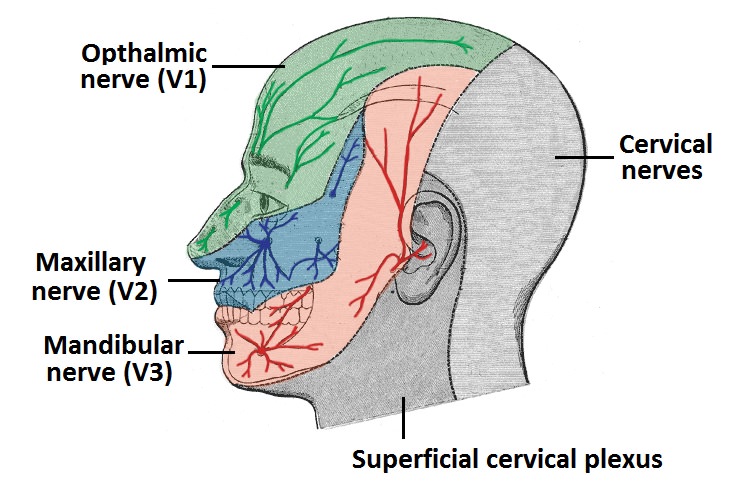A cervicogenic headache is a type of headache caused by issues in the upper neck joints or muscles of the spine. The pain is referred from these neck structures, making cervicogenic headaches a form of secondary headache.
How Does The Neck Cause Headache?
The upper neck’s joints, discs, muscles and ligaments are supplied by the first, second and third cervical nerves (C1, C2, and C3). These nerve pathways transmit sensations, including pain, from the neck to the head. This phenomenon is called referred pain, where pain is felt in one area even though it originates in another part of the body. A common example of referred pain is sciatica, which affects the lower limbs.
How Common Is Cervicogenic Headache?
Cervicogenic headaches account for an estimated 2% to 18% of all chronic headaches. Both men and women are equally affected. Since headaches can result from various medical conditions, it is important to consult a medical practitioner if headaches are frequent or persistent.
Cervicogenic Headache Symptoms
- Headache on one side of the head
- Increased pain with neck movement or prolonged static postures
- Pain when upper neck joints and muscles are examined
- Neck pain or limited neck movement
- Weakness in deep neck muscles
- Moderate to severe headache pain
- Chronic or episodic headache
Cervicogenic Headache Treatment
Physiotherapy is the primary treatment for cervicogenic headaches. A physiotherapist can assess whether mechanical problems in the cervical spine are causing the headache, and can treat accordingly. Common physiotherapy treatments include:
- Meck manipulation and mobilisation
- Strengthening exercises for the deep neck muscles
- Posture improvement exercises
These techniques are proven effective for managing cervicogenic headaches. Additionally, relaxation techniques, meditation, and assertiveness training can help alleviate stress-related symptoms, further improving headache management.
References:
- Biondi DM. Cervicogenic Headache: A Review of Diagnostic and Treatment Strategies. J Am Osteopath Assoc 2005;105(4_suppl):16S-22S. http://jaoa.org/article.aspx?articleid=2093083
- Page P. CERVICOGENIC HEADACHES: AN EVIDENCE-LED APPROACH TO CLINICAL MANAGEMENT. International Journal of Sports Physical Therapy. 2011;6(3):254-266. http://www.ncbi.nlm.nih.gov/pmc/articles/PMC3201065/
Last Review Date: 20-10-2024
Next Review Date: 19-10-2025

